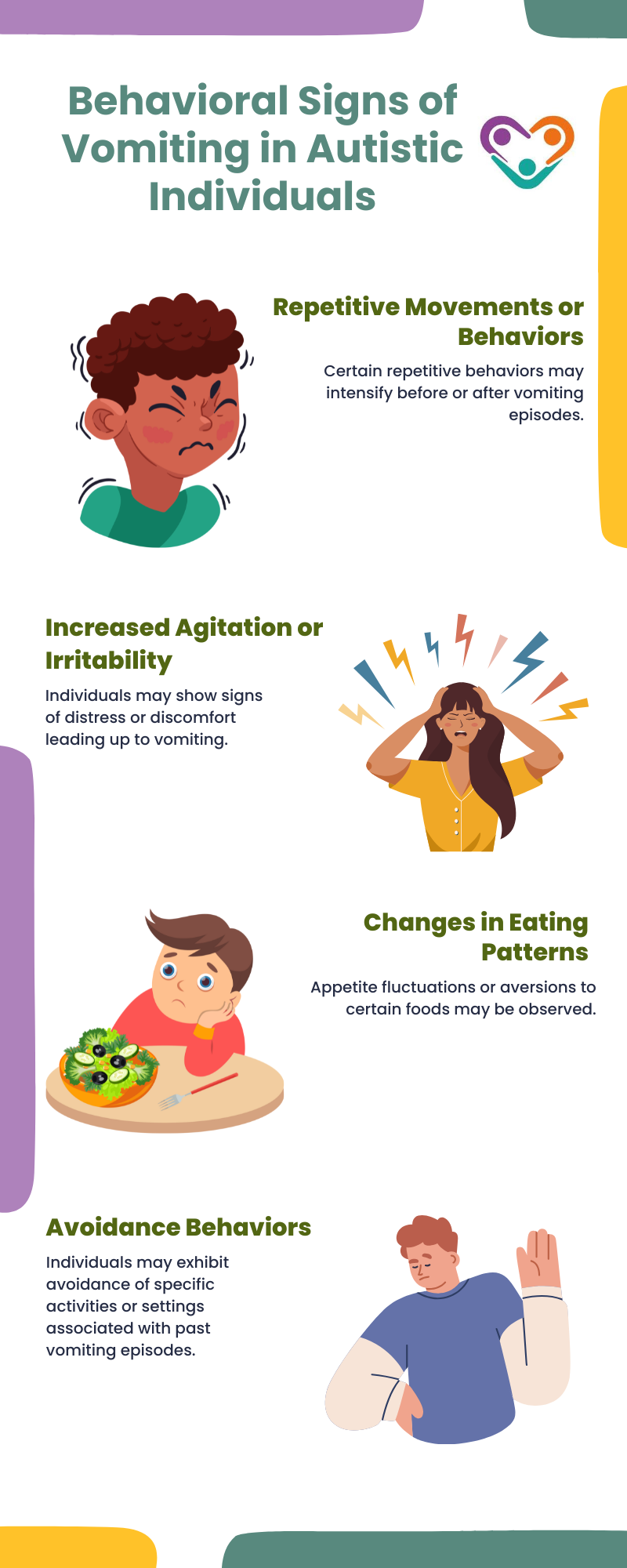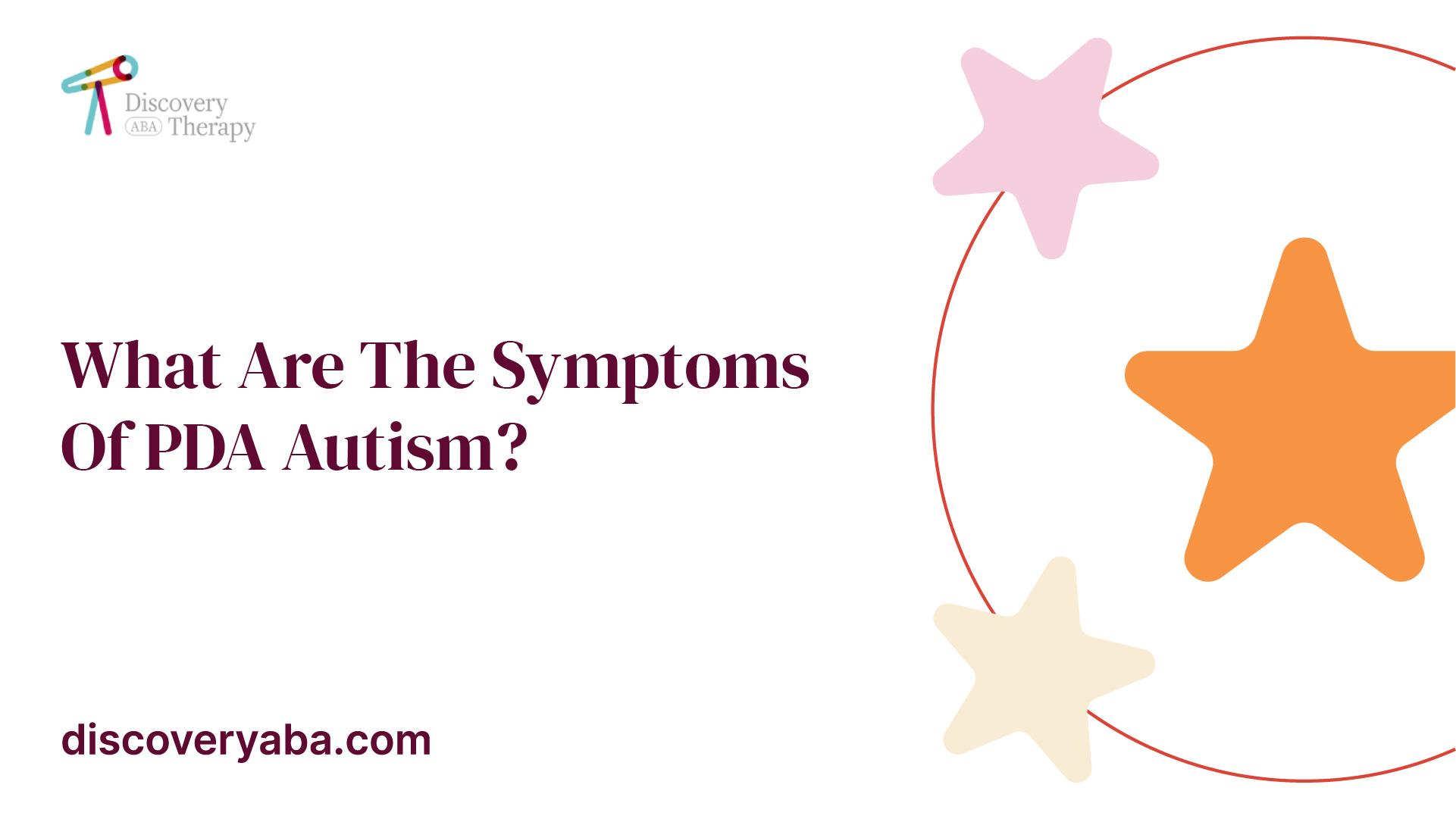Comprehending the Influence of Behavioral Autism on Life and Social Communications
You could not understand just how deeply behavioral autism impacts day-to-day live and social interactions. Individuals on the spectrum frequently browse a world loaded with communication obstacles and sensory overload. These obstacles can result in frustration and seclusion, influencing their connections and general wellness. Understanding these subtleties is essential for fostering helpful atmospheres. What methods can we implement to develop more comprehensive areas and purposeful links? The responses might amaze you.
Specifying Behavior Autism and Its Characteristics
Behavior autism, usually described as autism spectrum disorder (ASD), includes a series of problems characterized by difficulties in social communication, interaction, and recurring habits. You might observe that people with ASD frequently struggle to interpret social hints, which can lead to misunderstandings in conversations. They might discover it tough to establish eye call or engage in small talk, making social situations feel frustrating.
Communication difficulties can show up in different means, from delayed speech development to a choice for making use of fewer words. By recognizing these characteristics, you can foster a setting that promotes approval and motivates effective interaction, aiding individuals with autism flourish in their day-to-day interactions.
The Range of Autism: Recognizing Variability in Actions
Autism range disorder (ASD) isn't a one-size-fits-all diagnosis; it differs widely amongst people. You might observe that some people with ASD display moderate symptoms, while others may face a lot more substantial difficulties. This variability can show up in behaviors, passions, and sensory sensitivities. You may run into individuals that are very verbal and engage easily in conversations, while others could choose solitary activities or interact non-verbally.
Furthermore, the means people with ASD react to sensory input can differ substantially; some could be overwhelmed by loud noises or bright lights, whereas others grow in stimulating environments. The range likewise includes differences in social interactions; some individuals may struggle to interpret social signs, while others browse social settings with loved one simplicity. Recognizing this variability is important, as it assists you value each individual's unique experience and tailor support to their certain needs, promoting a much more inclusive setting for every person.
Communication Difficulties Dealt With by People With Autism
When you engage with individuals on the autism range, you might notice their special communication difficulties. They often deal with problems with both spoken and nonverbal signs, which can affect their social interactions. Recognizing these barriers is necessary for fostering much better links and support.

Verbal Communication Troubles
Numerous people on the autism spectrum experience spoken interaction troubles that can considerably affect their everyday communications. You may locate it testing to reveal your ideas, sensations, or requires clearly. This can lead to stress for both you and those around you, as misunderstandings occur. You might battle with launching discussions, maintaining a subject, or recognizing nuances in speech. Typically, you might prefer utilizing simple language or recurring expressions, which can limit your capability to participate in much deeper discussions. Your quantity, tone, or speed could not align with social assumptions, triggering others to misunderstand your intents. Acknowledging these obstacles can aid you and your support network establish methods to boost interaction and promote far better links with others in your every day life.
Nonverbal Interaction Obstacles
Spoken interaction isn't the only obstacle individuals on the autism spectrum face; nonverbal interaction obstacles can be simply as substantial. You could locate it difficult to interpret body language, facial expressions, and eye contact, which are vital for effective interaction. These difficulties can result in misunderstandings or misconceptions of social signs, making communications really feel frustrating or complicated. You might struggle to reveal your very own feelings with nonverbal means, leaving others uncertain of your objectives or feelings. This detach can produce feelings of isolation and disappointment. Acknowledging these obstacles is important for cultivating understanding and compassion in your interactions. By resolving nonverbal interaction, you can discover strategies to improve your social experiences and enhance your general lifestyle.
Social Interaction Influences
Social communications can frequently feel frustrating due to the distinct interaction obstacles dealt with by people with autism. Identifying these challenges can aid you discover techniques to boost communication, such as exercising social skills in secure settings or using visual help. Recognizing your needs enables you to browse social interactions with better self-confidence and ease.
Social Communication and Partnership Building in Autism
While structure connections can be testing for individuals with autism, comprehending their distinct viewpoints and communication styles can promote significant connections. You may notice that lots of individuals on the range choose direct communication and might battle with social cues or tiny talk. By being straightforward in your communications, you can aid produce an atmosphere where they feel comfy.
Involving in shared passions can additionally offer as a bridge to deeper links. Whether it's a hobby, a preferred show, or a shared enthusiasm, these common threads can open doors to relationship.
Day-to-day Live Routine: Browsing Strategies and obstacles
Maneuvering life routines can be particularly challenging for people with autism, particularly when unexpected modifications occur. You might locate comfort in having an organized schedule, as it helps you anticipate what's next. It's normal to feel overloaded or nervous when interruptions take place. To navigate these challenges, think about implementing visual schedules or checklists. These tools can supply quality and confidence.
Establishing a routine that includes sensory breaks can also be useful. This aids produce an understanding atmosphere.
Lastly, method mindfulness strategies to manage stress and anxiety and stress and anxiety. Simple breathing workouts or basing methods can make a significant distinction. By incorporating these methods, you can enhance your day-to-day routine and minimize disturbances, making life really feel a lot more manageable.
Toughness and Capabilities of People on the Autism Spectrum
Recognizing day-to-day life regimens is simply one element of the autism experience. Numerous individuals on the autism range possess amazing toughness and abilities that establish them apart.
Furthermore, your memory abilities often radiate, particularly in locations of passion. Autism Therapist. This propensity for keeping info can make you a beneficial source in fields like science, innovation, or art. You might additionally show strong visual thinking, allowing you to visualize complicated principles and address problems creatively
Additionally, your special point of view on the world can foster empathy and understanding in others, improving social interactions. Welcoming these strengths not only improves your self-confidence however likewise aids others value the diverse abilities you give the table.
Developing Inclusive Environments for People With Autism
Producing comprehensive atmospheres for individuals with autism begins with creating sensory-friendly areas that satisfy their unique requirements. You can additionally foster opportunities for social communication, aiding to build visit the website links and friendships. By making these modifications, you'll add to a much more welcoming environment for everyone.
Creating Sensory-Friendly Spaces
While making sensory-friendly spaces, it's important to show on the one-of-a-kind needs of individuals with autism. Include silent areas where people can retreat and charge when overwhelmed. Consist of visual timetables or clear signs to aid individuals navigate the area with confidence.
Advertising Social Interaction Opportunities
Designing sensory-friendly rooms not just addresses specific convenience but also sets the phase for significant social interactions amongst individuals with autism. Motivate peer mentoring, combining people with autism with encouraging peers that can assist them with social situations. By carrying out these methods, you can enhance social chances, aiding individuals with autism develop friendships and reinforce their social skills in a safe, welcoming atmosphere.

Often Asked Inquiries
How Can Buddies Support Someone With Behavioral Autism?
You can sustain a buddy with behavioral autism by holding your horses, paying attention proactively, and respecting their limits. Participate in tasks they delight in, interact honestly, and create a comfortable environment where they really feel valued and recognized.
What Resources Are Offered for Moms And Dads of Kid With Autism?
You can check out numerous sources for parents of kids with autism, consisting of support teams, instructional websites, and neighborhood community services. Getting visit this page in touch with other moms and dads can likewise offer valuable understandings and shared experiences to help navigate challenges.
Can Behavioral Autism Adjustment In Time?

Yes, behavioral autism can alter in time. You could discover changes in interaction, social abilities, and behavior as your youngster grows. Early treatment and assistance commonly play crucial duties in these developmental changes.
Just How Do Sensory Sensitivities Affect Daily Life?
Sensory sensitivities can make day-to-day experiences frustrating. You may have problem with brilliant lights or loud noises, resulting in stress and anxiety or avoidance. Locating environments that fit your demands can considerably boost your comfort and general life.
What Prevail Misconceptions Concerning Behavioral Autism?
You might assume behavioral autism just affects communication abilities, however it's even more complicated. Many assume individuals do not have compassion or knowledge, which isn't real. Understanding these misunderstandings assists foster acceptance and support for those on the spectrum.
Behavior autism, typically referred to as autism range condition (ASD), encompasses a range of problems characterized by challenges in social communication, communication, and repeated actions.Social interactions can commonly feel frustrating due to the unique communication challenges dealt with by individuals with autism.Designing sensory-friendly areas not only addresses individual convenience but likewise establishes the stage for purposeful social communications among people with autism. Urge peer mentoring, combining individuals with autism with encouraging peers that can assist them with social circumstances. By implementing these strategies, you can enhance social chances, aiding individuals with autism build relationships and enhance their click this site social skills in a safe, welcoming setting.